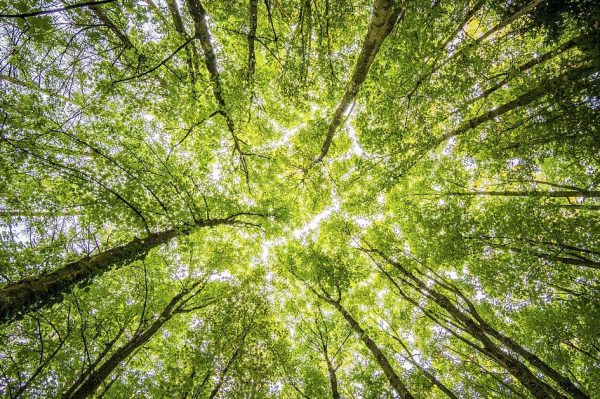I heard an interview with writer Richard Powers. I haven’t read his books and from that interview about his newest book, The Overstory, I thought the book was non-fiction. It’s not.
His books are often described as: compelling, cerebral, dramatic, emotionally involving stories. His 2006 novel The Echo Maker is about neurology. It won a National Book Award.
The new novel is The Overstory is about our endangered biome and it revolves around trees. The overstory is that part of a forest that is above the canopy. The canopy is the “ceiling” of the forest. There is also is the understory that sits below the canopy but above the ground, and the shrub layer below that and, finally, the forest floor where we walk.

This is Powers’ twelfth novel. It’s a novel of activism and resistance . It’s a love song to the natural world.
This is a long book and I am not finished with it, but I am enjoying it. The first part of the novel consists of 8 separate short stories (ranging from 9 to 33 pages) telling us about what seem to be unconnected characters.
There is an Air Force soldier in the Vietnam War is shot while flying, falls, but is saved by falling into a banyan tree. An artist inherits many photographs of one doomed American chestnut. A college student is brought back to life by nature. A scientist discovers trees are communicating with one another.
I’m not a fan of this kind of novel structure and I know that the four of them and some others will eventually come together. Networks of roots. Concentric tree rings.
The main character, so far, is a young botanist named Patty Westerford who is the one that discovers that “trees are social creatures” In the interview I heard that Patty is based on some real scientists and a book called The Hidden Life of Trees.
I think it is the ideas presented in that book that most intrigued me to read Powers’ book. Tree families are like human families – or maybe we are like trees. Tree parents live together with their children. They communicate with them. They support them as they grow. They share their food with them. They protect them from diseases, and the climate extremes and changes.
